Rhythm games just haven’t been the same since RedOctane saturated the scene, spawning 30 Guitar Hero games in a span of 5 years. In such a scenario, Marvel’s Spider-Man 2 is a most peculiar hero.
Spider-Man has web-slinged through various gaming genres, from side-scrolling adventures to beat-em-up brawls. But it’s under Insomniac’s creative web-spinning the focus has genuinely sharpened on third-person adventure games with sharp combat mechanics.
Besides the usual web-slinging shenanigans and villain-busting, Spider-Man’s got some unusual hobbies like chasing bees with a drone or snapping pics of Spider-masked, half-naked men. But today, we’re spinning the web towards the virtual DJ booth, where Spidey’s dropping sick beats.
But does a rhythm-infused side quest make Marvel’s Spider-Man 2 the rhythm game of 2023? Before we swing to a conclusion, let’s plunge into the rhythm gaming landscape of this year.
Hi-Fi Rush: The Rhythm Platformer Beat-Em-Up
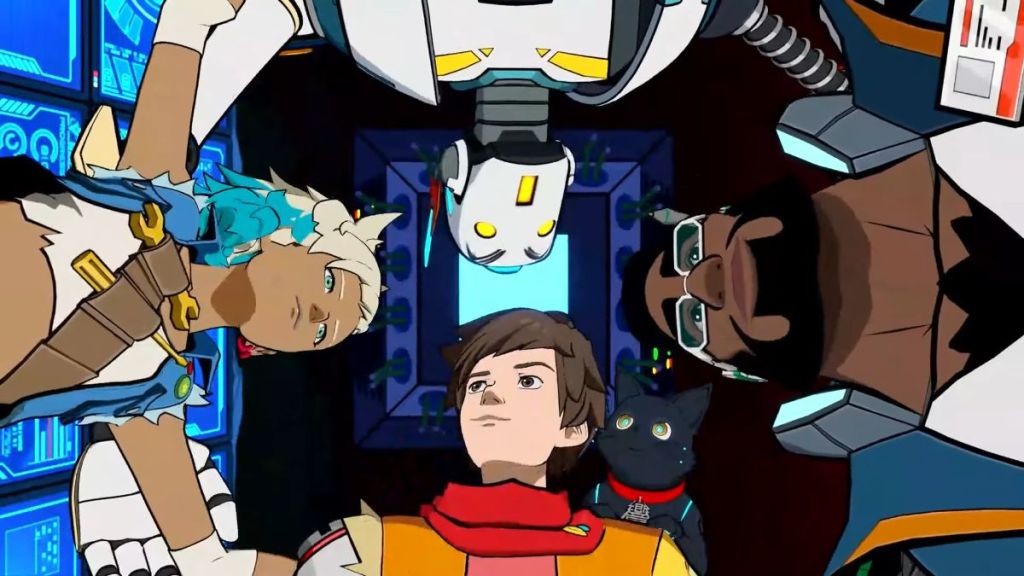
When a game suddenly drops without the usual marketing hype, it’s a refreshing change from the norm. Tango Gameworks’ Hi-Fi Rush is not just surprising; it’s a blast of pure, unadulterated fun. It’s a love letter to music and gaming, radiating excellence and unique charm in every way.
At its core, Hi-Fi Rush is a game that thrives on rhythm. Everything, from character animations to platform movements, dances to the beat of the music. This captivating synchronization creates a festive atmosphere that not only oozes good vibes but also makes it easy for players to groove to the rhythm, immersing themselves in the pulsating heart of the game.
Playing Hi-Fi Rush is like stepping onto a dance floor where the beat guides your moves, and your enemies become your dance partners. Hi-Fi Rush is an absolute delight with its innovative approach to rhythm-based combat and vibrant music-infused world.
However, while Hi-Fi rush mechanics unfold through music, it’s not purely a rhythm game.
Hi-Fi Rush throws a bit of elegant beat-em-up mechanics to make the payoff of nailing the rhythmic mini-games more rewarding. The combat system is elegantly simple, with basic attacks that follow the rhythm of the music. Pulling off a combo is a dance, as you align your button presses to the beat, resulting in higher damage and a higher score. This emphasis on rhythm makes battles feel like a choreographed dance-off. You kept the beat going, and the payoff is succeeding in battle.
Goodbye Volcano High: The Rhythm Visual Novel
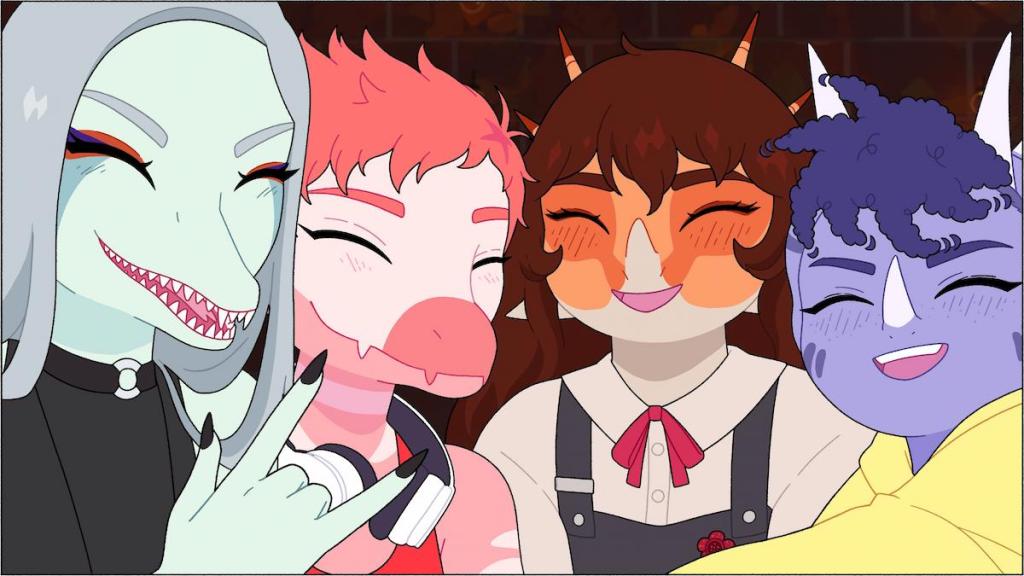
Goodbye Volcano High, the cinematic narrative adventure from KO_OP studio, is a poignant journey through the complexities of love, change, and the impending end of an era. While the game has its highs and lows, it excels in several key areas that truly stand out.
The soundtrack is a shining star. In a game with rhythm mechanics, exceptional music is a must, and Goodbye Volcano High delivers. Dabu’s soundtrack, accompanied by Brigitte Naggar’s vocals, not only complements the game perfectly but creates indie pop-rock melodies that linger in your mind long after you’ve put down the controller.
The rhythm-based gameplay is engaging, and the soundtrack is the cherry on top. However, it’s worth noting that the game’s flow remains unaffected mainly by your performance, which is a minor drawback but also makes the rhythmic aspect of this rhythm-based game lack complexity.
So, despite the praise Goodbye Volcano High’s rhythm sections deserve, this one is still not a pure-breed rhythm game. Mostly, it’s a visual novel with mostly inconsequential rhythm mechanics.
God of Rock: The Rhythm Fighter
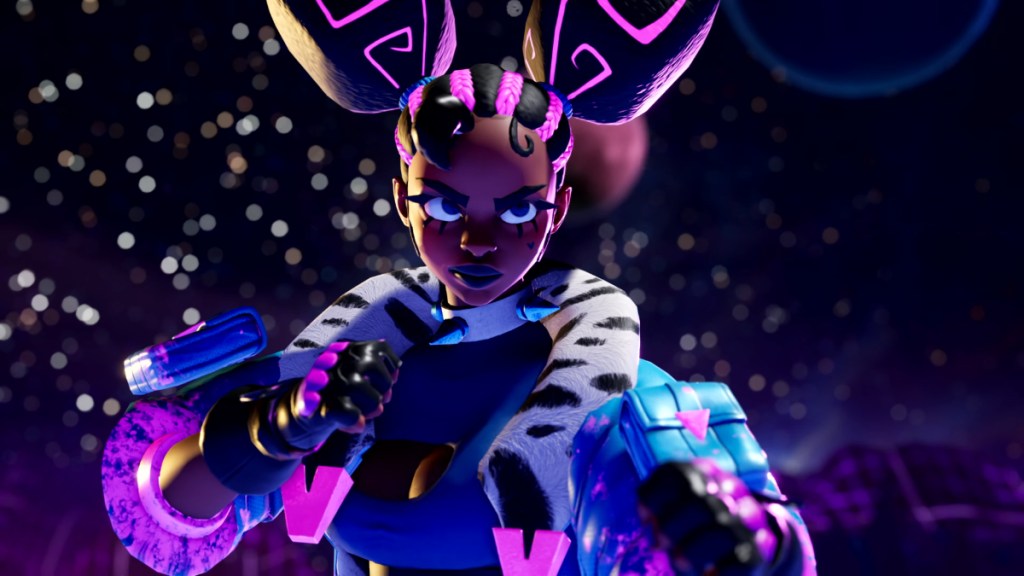
God of Rock blends the familiar into something refreshingly new. It fuses music with the intensity of combat. This unique game marries two seemingly disparate genres —music and fighting —underpinned by rhythm. Ultimately, it creates a thrilling and novel gaming experience that’s music to the ears of genre enthusiasts.
In this musical showdown, the concept is intriguing. Music and fighting might share a rhythmic foundation, but they’re worlds apart in execution. While fighting demands adaptability and reading your opponent, music requires precision, following the score to the letter with little room for improvisation. God of Rock bridges this gap, offering a captivating blend that piqued my interest.
The core gameplay follows a familiar beat. Notes correspond to action buttons, and precise timing delivers devastating “attacks.” It’s reminiscent of games like DJMAX Respect V, where accuracy becomes a weapon. Still, God of Rock adds layers to embrace the fighting genre gradually. Matches have no set end, continuing until one competitor falters. With the dynamic difficulty progression, you can’t rely on muscle memory alone, keeping you on your toes as the rhythm changes.
God of Rock is a thrilling fusion of music and combat. It’s a unique rhythm-based gameplay experience that will strike a chord with fans of both genres. But you can probably tell where I’m going with this. God of Rock’s gameplay doesn’t resemble Rock Band‘s. It’s a fighting game imbued with rhythm mechanics, much like the games mentioned above were just blends of rhythm with something else.
Can A Pure Breed Rhythm Game Thrive in Today’s Gaming Ecosystem?
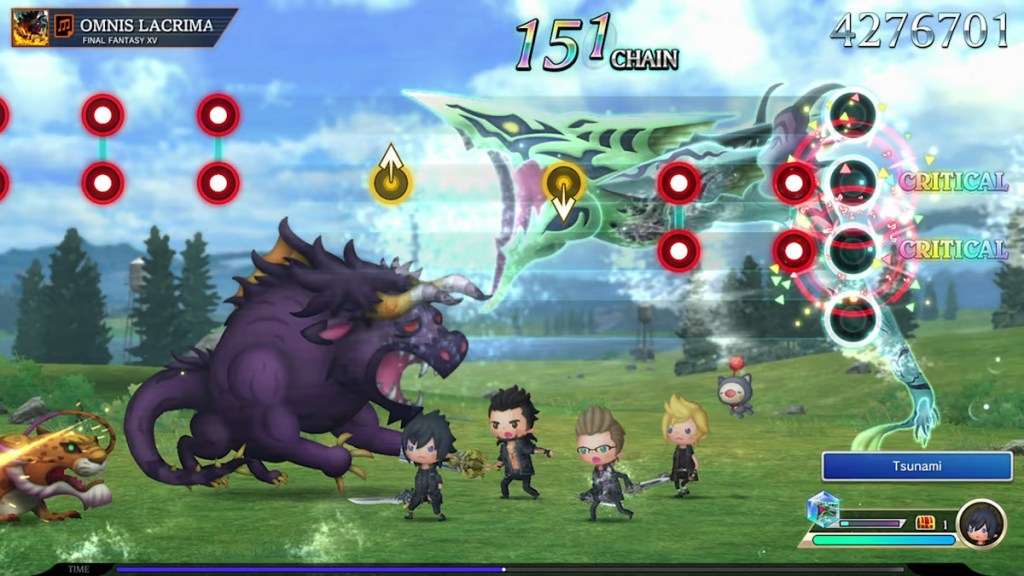
There is, actually, a pretty solid rhythm-only game that came out in 2023: Theatrhythm Final Bar Line. This is the latest entry in the Final Fantasy rhythm series — a symphonic celebration of the franchise’s unforgettable soundtracks.
Final Fantasy fans know that Uematsu’s compositions are iconic, and this game delivers an auditory feast with approximately 400 tracks, showcasing the very best of this musical legacy.
The core concept revolves around reliving the memorable moments from each Final Fantasy installment, whether the epic boss battles, serene field explorations, or dramatic story events with accompanying video scenes. While there are some minor differences in presentation, the central gameplay mechanic remains the same: rhythm is your guiding star.
Related: Rift of the NecroDancer announced, combines Punch-Out, Rhythm Heaven, and Guitar Hero
Regarding gameplay innovation, Theatrhythm Final Bar Line doesn’t rewrite the rulebook and, for Final Fantasy fans, doesn’t need to. It stays true to the winning formula of its predecessors and delivers on its promise. Hey, I’m down as long as I can relive my favorite Final Fantasy moments with chibis of my favorite Final Fantasy characters while playing my favorite Final Fantasy tunes.
But would any non-Final Fantasy fan say the same?
This rhythm game is fun to play because it spits back your favorite Final Fantasy memorabilia at you while playing some of the world’s objectively most beautiful tracks. But the game didn’t do great sales-wise even while relying on those tropes, selling a little over 16000 copies combining both Nintendo and the PS.
A Spiderman Game Paved the Way for Next-Gen Rhythm Games
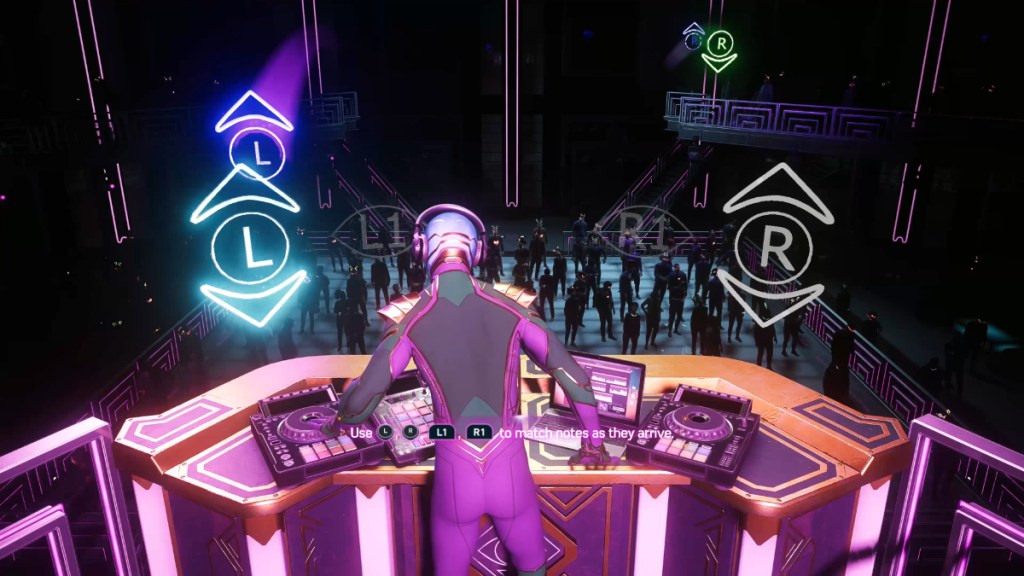
I’ll drop the act now: Marvel’s Spider-Man 2 is not the best rhythm game of 2023. If I had to choose, Hi-Fi Rush claims that trophy by a landslide.
What Marvel’s Spider-Man 2 does is set the stage for next-gen rhythmic games in a mere 15-minute DJ-ing side activity.
About 5 hours into the game, Miles Morales visits the Coney Island Fair, where he is introduced to the “next generation of entertainment,” as the creator puts it. Shrouded in a puff of emerald smoke, you’ll transform into a Mysterio-inspired outfit and find yourself on a walkway overlooking a lively dance floor. It’s time to unleash your inner DJ as you approach the turntables.
Symbols will swoop towards you, each tied to distinct analog stick movements or button presses. From left to right, it’s a dance of the left analog stick, L1, R1, and right analog stick.
As the musical notes stream in, you synchronize your moves with the illuminated gray display before you. No need to sweat the small stuff; there are no penalties for timing mishaps. It’s all about soaking up the joy of the moment.
The soundtrack you’re spinning is a remix of the iconic Marvel Spider-Man theme, and the challenge escalates with faster sequences and extended combinations. Brace yourself for thrilling beat drop moments, requiring you to sync up L2 + R2 at the right time. As you drop the beat, a shockwave of energy surges through the crowd and ignites a frenetic dance frenzy. Steve Aoki has got nothing on you.
This is nothing new. We’ve been timely pressing button prompts since PaRappa the Rapper came out in 1997. So how does this DJ-ing mini-game keep you engaged with an existing formula 26 years later?
Well, it’s all in the DualSense Controller.
Insomniac’s Use of the DualSense Controller Could Revitalize a Dying Genre
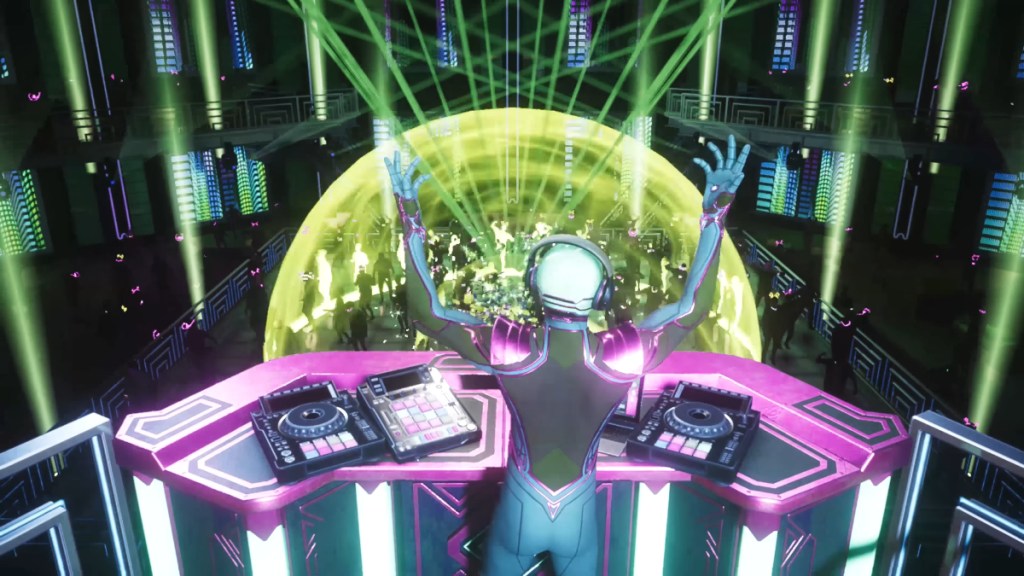
Insomniac didn’t overlook this cutting-edge tech, and you’ll feel the haptic vibrations synchronized with your every move. A pressure-sensitive controller rumbles with each step, beeps with every call, and even growls when symbiote powers take over.
Throughout the game, the DualSense elevates the experience. When you’re piloting a tiny spider bot with legs, its legs dance across surfaces thanks to subtle controller vibrations. When you’re on the verge of cracking a rock open, you’ll feel the R2 and L2 triggers firm up, replicating the hardness of the material. The hacking sections of the Prowler side activities ask you to carefully pull your DualSense controller’s adaptive triggers to align correctly on a different pressure point each.
But it’s not just about force and tension; it’s a symphony of feedback that connects you to your in-game actions. Whether drawing back a taut bowstring or slamming the brakes on a runaway car, every move is translated into palpable sensations in your hands.
These elements are seamlessly woven into the DJ-ing segment of Marvel’s Spider-Man 2 and set the bar for the future of rhythm games.
You’re spinning beats and rocking the crowd, and every action reverberates through your hands with precision. The DualSense controller comes alive, pulsating with the rhythm and making off-beat sounds when you miss a note. It’s a masterclass in controller integration.
Related: 10 Best Suits in Marvel’s Spider-Man 2, Ranked
Picture the full spectrum of DualSense capabilities, where haptic feedback and pressure sensitivity breathe life into your musical journey. You could sense the dynamic force while drumming and master the delicate balance required for wind instruments like trumpets.
It’s a breakthrough, but they’ve only begun to explore the endless possibilities. The rhythm game industry should step up and redefine the genre’s future — there’s a whole symphony waiting to be composed.

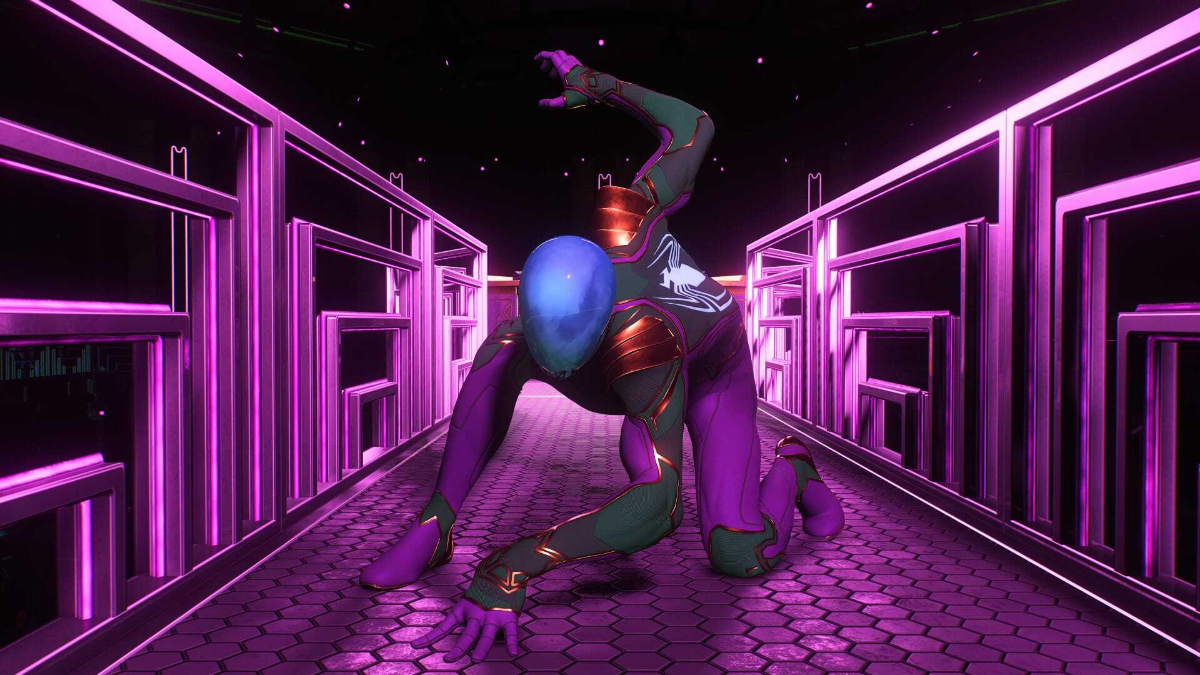



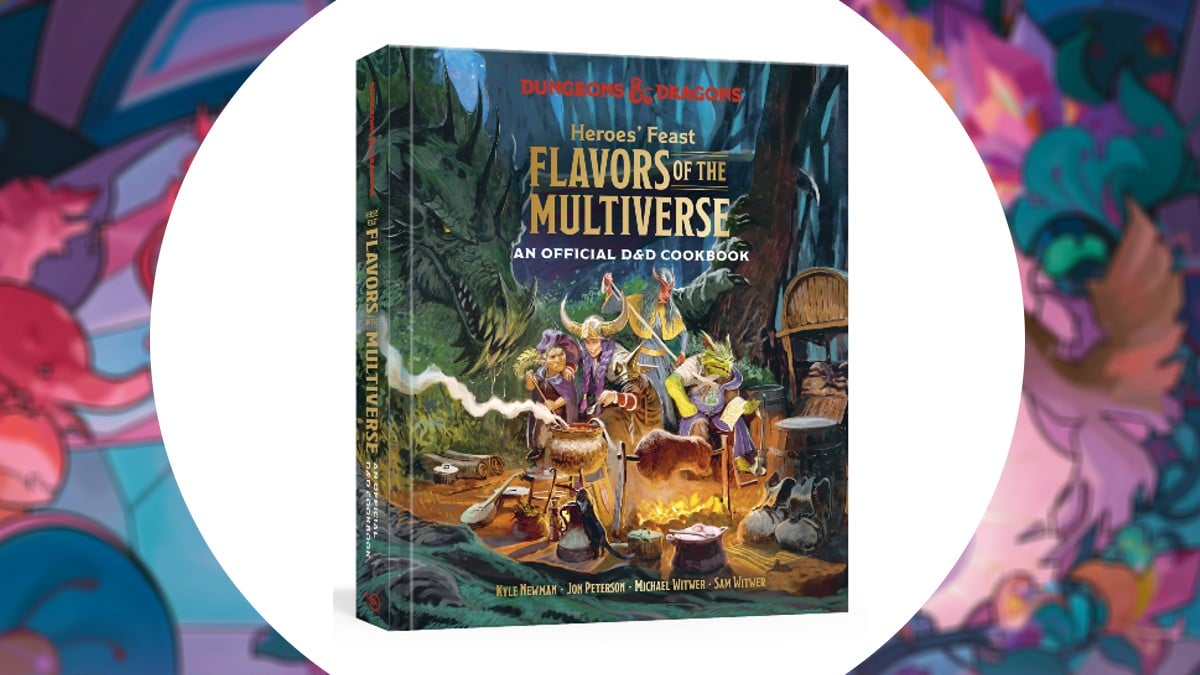

Published: Oct 26, 2023 10:33 am